"Last week, we introduced the "Sprawl Tax": the time and money American commuters spend just because their cities are more spread out than they might be. This week, we compare American sprawl to that of our international peers, and it's not pretty. On average, in 17 European countries plus Canada, households spend 12.8 percent of their income on transportation; in the US, it's 18 percent. Commuters in those countries spend, on average, about 39 minutes commuting roundtrip per day; the average American spends 51 minutes. We can do better."
How sprawl taxes our well-being
By Joe Cortright from City Observatory 13.6.2016
In the first installment of our “Sprawl Tax” series, we explained how laws and patterns of development that make our homes, businesses, and schools farther apart cost us time and money—on average, nearly $1,400 a year per commuter in America’s 50 largest metropolitan areas. In the second installment, we showed how the Sprawl Tax is levied much more heavily on Americans than our international peers, with US commuters paying a much larger proportion of their income on transportation and spending much more time on their trips to and from work than people in other wealthy countries.
Today, we want to talk about another cost of sprawl, and the greater distances it forces us to travel: Our quality of life. Powerful evidence suggests that longer commutes make us individually less happy and less healthy, in addition to having detrimental effects on our communities. In recent years, behavioral economics has made great strides in determining how different factors influence our happiness. Consistently, this literature finds that long commutes are strongly associated with lower levels of “subjective well-being”—the technical term that researchers use to describe “happiness.”
One study from Germany, for example, calculated that reducing one’s daily commute time from 23 minutes each way (the German average) to zero minutes would produce an increase in happiness equal to about an 18 percent increase in income. Research in other countries, including the United States, has produced similar results.
In a survey of working women in Texas, behavioral economist Daniel Kahneman and his collaborators found that time spent commuting had the lowest positive ratings of all daily activities.
Other studies have confirmed that commute distances are correlated with happiness and health. The Gallup Healthways Index shows that Americans with longer commutes report lower levels of subjective well-being. The data also show that long commutes are correlated with a higher incidence of back pain, obesity, and high cholesterol.



























